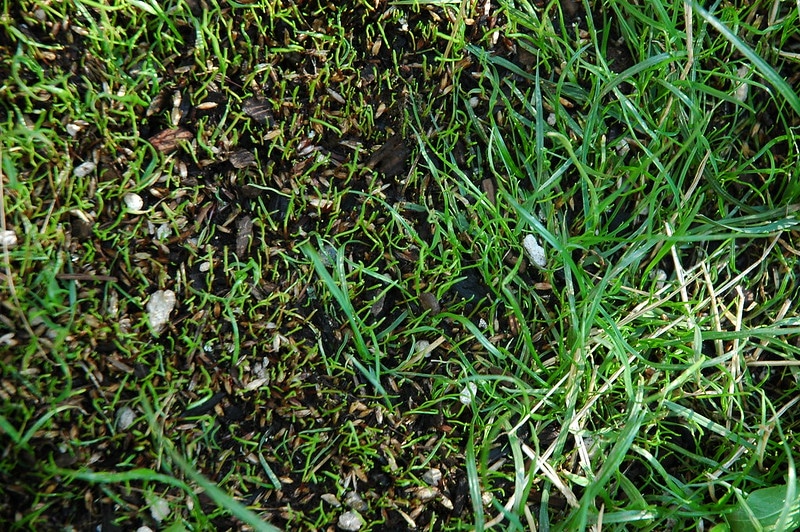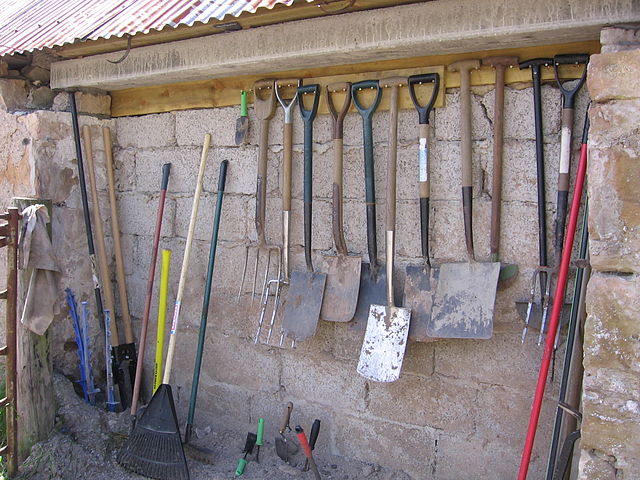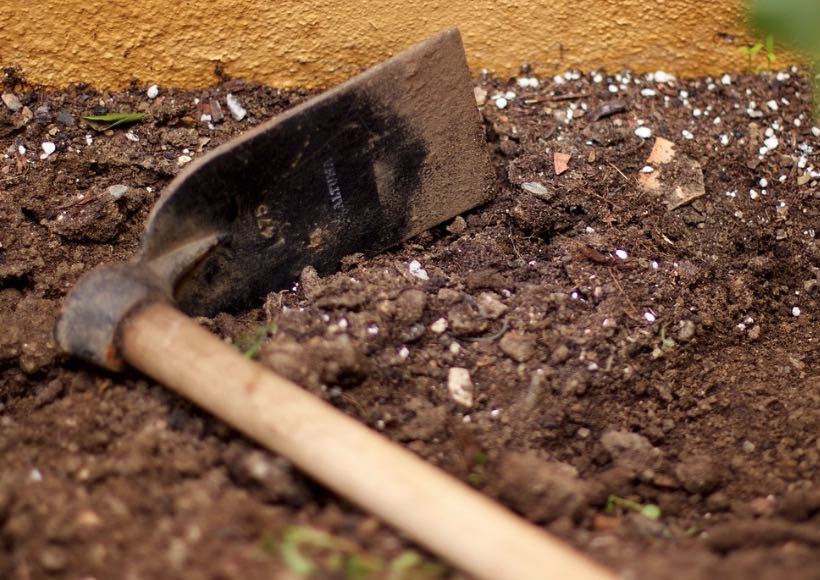If your yard is uneven or has a slope, or bumpy ground, you may be wondering how to level the ground. A yard with a hill, however, small can be an inconvenience, especially if you’re trying to grow vegetables or flowers. Slopes, bumps, and holes in your lawn also make cutting the grass difficult, and if you have small children, they may trip over while running over bumps.
If you’re looking to landscape your yard and want to level out your yard, read on. This article will give you step by step instructions on how to level a yard.
Leveling a Yard: Benefits
Having a smooth lawn will bring many benefits to you and your family. It will not only be easier to cut and maintain but will also provide a flat surface for playing soccer. You may find that your lawnmower is scalping the ground if it’s covered in bumps or is harder to maneuver. Leveling your yard will solve these issues. Here’s how to scalp a yard if you’re trying to do it on purpose.
Having a smooth lawn will also mean that your yard has better drainage. If your yard is full of holes or has lower spots, puddles are likely to form, which may even cause lawn disease or fungus to grow.
Reasons Your Yard is Uneven
If you’re looking to level your yard, you should first access the ground to see what’s causing the bumps or depressions. Sometimes uneven ground can be caused by drainage problems or broken pipes, which can cause erosion. Obviously, if this is the case, you’ll need to have your plumbing fixed before leveling your yard.
Another cause of uneven ground is due to a sprinkler system that is too powerful and causing damage. Check that your sprinkler system is working correctly and that the nozzles aren’t clogged or leaking.
Lawns can become thin and uneven if there is fungus, disease, or insects present. Look out for bare patches of soil, which can easily be damaged by the weather.
Another common cause of bumps is due to buried objects such as stone or pieces of wood that have been leftover from construction. These will need to be removed before you can level your yard.
Other causes of uneven ground can be due to people walking on the grass during heavy rainfall. Domestic and wild animals can also cause holes, especially burrowing animals such as moles. Any mounds can also cause bumps to form.
Here’s How to Level a Yard
1. Collect Your Tools
Before you start trying to level your yard, there are some basic tools that you’ll require. The following equipment will help you to level your yard.
- A small hand rake
- A larger landscaping rake
- Plastic leaf rake
- Large broom
- Shovel
- Edger
- A wheelbarrow
- A water-filled roller (you can also DIY a roller)
- Leveling rake
A special tool is also available, known as a leveling rake. These are widely available from Amazon and are commonly used by golf course greenkeepers. These are an excellent tool for leveling your yard. Leveling rakes can help you remove stones, break up clumps of ground, and make the surface smoother.
2. Assess the Severity of the Problem
The first thing to do is assess how bad your yard is. Look for bumps and hole and plan how you’re going to level these. The severity of the problem will determine the approach you’re going to take to level your lawn. Small holes can be filled by topdressing and then overseeding.
If you have more severe problems, you’ll need to move larger amounts of soil around, and re-grade or even employ a landscaping company to flatten out steeper slopes.
3. Level out Bumps
If your yard has slight bumps and irregularities that are less than an inch deep, you’ll be able to flatten these out or fill them in. You can use a roller to flatten the ground. This is best done during the spring when the ground is at its softest.
You can also move soil from raised areas back into the depressions and then overseed to create a thick, lush lawn.
You’ll need a lot of dirt if your yard is very uneven. A yard of dirt weighs up to 3000 pounds.
4. Topdressing
For areas that are slightly more uneven, you can also use a process known as topdressing. Here are the basic steps.
- Mow your lawn as close to the ground as possible
- Use a garden rake or dethatcher to dethatch the lawn.
- Mix up some compost and soil in a wheelbarrow.
- Using a shovel, fill in the lower areas with the soil mix.
- Spread the soil out evenly using a rake. Don’t put more than half an inch of soil on top of the grass, or you’ll smother the existing grass.
- Work the soil into the grass using a broom or a leveling rake. After doing this, you should be able to see the grass.
- Water the grass to encourage new growth.
- If the ground is still uneven after the grass has recovered, you can repeat the above steps.
What’s the best material for top dressing?
Sand and soil or compost are most commonly used for top dressing. Sand allows you to quickly and easily fill in holes and also helps to create structure. It helps with drainage and is excellent if you have clay-like soil; however, too much sand will make your grass dry. The water will quickly drain through sand, making your grass thirsty. For this reason, it’s best to use a mixture of sand and compost.
You can buy ready-made topdressing material or mix them yourself. Using 30% organic compost and 70% sand is the best idea. The compost will add nutrients to your soil, as well as good bacteria and sand will improve the structure.
How to Level Out Severely Uneven Yards
If your lawn has slopes or hills (here’s the best mower for a hilly yard) that you want to get rid of, you can use a process called re-grading. You should only attempt this if the ground is sloping away from your property.
Here are the steps for re-grading.
- Put stakes into the ground to mark a slope line, which will allow the yard to drain correctly. Once your slope is established, you can start to remove the topsoil using a shovel or small digger. Remove high areas of ground and use the soil to fill in low areas.
- Spread approximately two inches of topsoil and mix it into the first two inches of subsoil. This is a crucial step as it will reduce the chances of drainage problems occurring between the soil levels. Then spread another four inches of topsoil over the ground.
- Once you’ve created a smooth surface, you can lay grass using sod (here’s the best fertilizer for sod) or can sprinkle grass seed. Once finished, the ground should match up with the level of paths, patios, and the rest of the lawn. You’ll need to take this into account before planting or laying sod. If you plan to lay sod, you should leave an inch of space so that when the sod is laid, the grass is at the correct height.
Conclusion
As you can see, there are many things you can do to keep your lawn smooth. You should be aware that it’s an ongoing process. After leveling your yard, you should avoid creating holes and ruts while mowing the lawn. Lawn Mower wheels can create indents if you’re not careful. It’s also a good idea to avoid walking on your lawn when it’s very wet.



